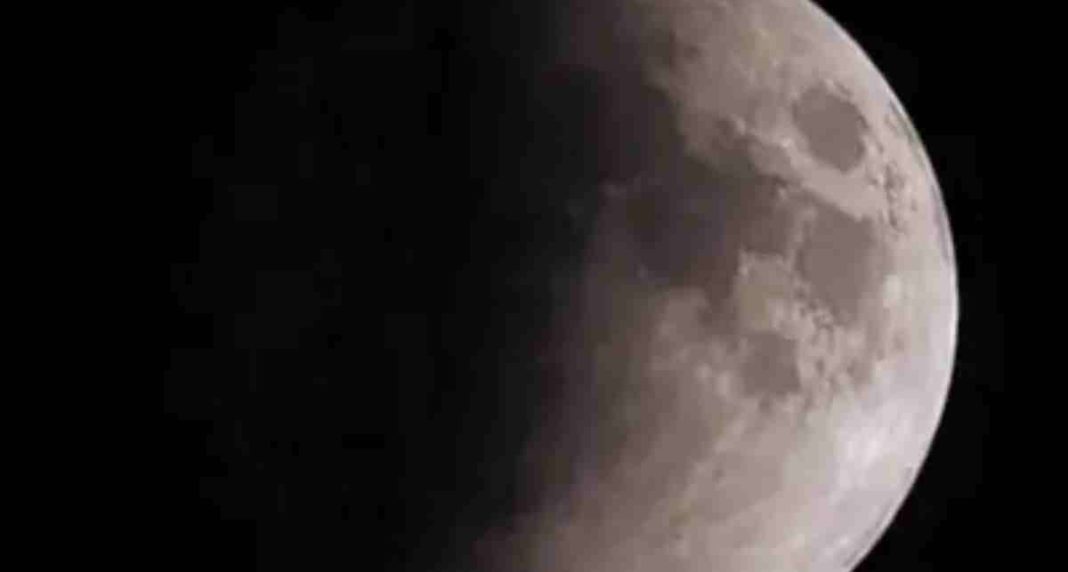INDIA: India is all set to witness a celestial phenomenon on the night of October 29, as a partial lunar eclipse graces the night sky. Following the spectacular annular solar eclipse that occurred on October 14, stargazers and astronomy enthusiasts across the country are gearing up to observe the moon’s gentle dance with Earth’s shadow.
The celestial event, which will be the second notable event this month, is not exclusive to India. This partial lunar eclipse will be visible from various parts of the world, including Europe, Asia, Australia, Africa, North America, North/East South America, Pacific, Atlantic, Indian Ocean, Arctic, and Antarctica. It presents a stunning opportunity for skywatchers to witness a unique interaction between our two celestial neighbors.
The moon’s obscurity will be visible from all corners of India around midnight. Although the moon will begin its journey into Earth’s penumbra on the night of October 28, the umbral phase, which is the most captivating part of the eclipse, will commence in the early hours of October 29.
The umbral phase of the eclipse is expected to start at 1:05 a.m. on October 29 and conclude at 2:24 a.m. During this time, the moon will pass through Earth’s shadow, casting a striking spectacle in the night sky.
The duration of the eclipse is set to last 1 hour and 19 minutes, making it a significant astronomical event for observers.
It’s worth noting that this partial lunar eclipse marks a prelude to a more dramatic event in the future. The next lunar eclipse that will be visible from India is slated for September 7, 2025, and it will be a total eclipse, promising an even more captivating display in the night sky.
In contrast to solar eclipses, lunar eclipses are entirely safe to watch with the naked eye. As the moon lies 62 degrees above the horizon at the moment of the greatest eclipse, it offers a splendid opportunity for enthusiasts to marvel at this natural wonder without the need for protective eyewear.
But what exactly is a lunar eclipse? According to NASA, a lunar eclipse occurs when the Sun, Earth, and Moon align in such a way that the Moon passes into Earth’s shadow. During a total lunar eclipse, the entire Moon falls within the darkest part of Earth’s shadow, known as the umbra.
However, the upcoming lunar eclipse on October 29 will be partial, meaning that the moon will be only partially obscured by Earth’s shadow, creating a visually stunning event.
For those eager to catch a glimpse of this celestial show, In-The-Sky.org has provided a path where the lunar eclipse will be visible. The website notes that it will be observable from New Delhi in the southwestern sky, making it accessible to many across the country.
Lunar eclipses often bring a captivating visual spectacle as the moon, while within the Earth’s shadow, can appear to take on a reddish hue. This phenomenon is why lunar eclipses are sometimes referred to as “Blood Moons.”
Also Read: Saturn’s Iconic Rings: Birthed by Ancient Moon Collision, Study Suggests



